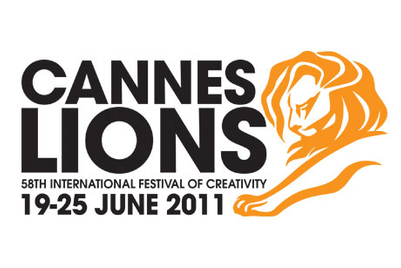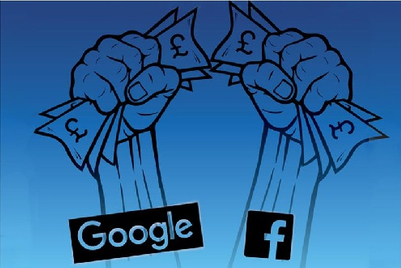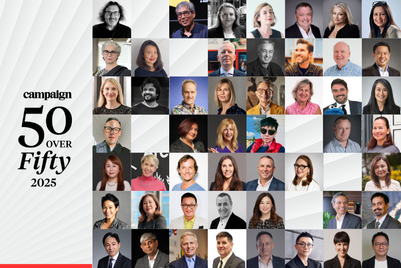
Tim Armstrong, AOL’s chief executive, almost certainly read the rather definitive “You’ve Got News” feature about him and his company in the 24 January edition of The New Yorker. Whether he learned anything thereby is, however, another matter altogether.
He’ll perhaps take issue, for instance, with one of the article’s dominant themes, summed up pithily on page 38 of the magazine: “Despite his galvanising leadership qualities, Tim Armstrong has yet to find significant success at AOL.”
After all, he can point to the fact that he has addressed many of the company’s inherited structural weaknesses and has put a more or less coherent transformation strategy in place. And that’s before we even begin to consider two initiatives that were announced just after the article was published – AOL’s purchases of Goviral and The Huffington Post.
But the lesson here works rather neatly on two levels. Here was a piece about AOL’s aspirations to become a quality content provider: and the article’s sheer йlan (it was thoughtful, considered, full of insight, artfully presented) couldn’t help but throw into relief, in word and deed, the fact that most of AOL’s content is, despite the best of intentions, still piffle.
That’s the polite term. Armstrong’s philosophy is based on a recognition that to get to good stuff online, you have to wade neck-deep through a morass of drivel. He’s not alone, of course, in assuming that we’re entering a new phase, which will be characterised by a flight to quality.
And with social networking taking up much of the burden of responsibility where the circulation of drivel is concerned, the opportunity for the likes of AOL almost certainly lies upstream.
How far upstream is open to question. AOL will never realistically be able to run beautifully crafted, lovingly produced long-form content in the style of The New Yorker; nor can it aspire to the tidy subscription model of an upmarket niche product.
On the other hand, if we’re keen to be there when “Kayla Collins steps out in just her shirt” (one of the featured stories on AOL’s UK homepage recently), we are going to be rather spoiled for trashy choice in a range of online outlets. Defining quality in an AOL-acceptable “algorithm” (to borrow the sector’s most abused piece of cant) is proving no easy matter.
1. In its heyday in the 90s, AOL dominated the internet service provision market in the US – and to a lesser extent Europe too. Then it looked to have cemented its position as a keystone of the digital economy when it announced a $164 billion merger with Time Warner in 2000. But its world soon fell apart. AOL’s forte was dial-up internet connectivity – and consumers turned in their droves to other providers when they upgraded to broadband. The merger soured as losses mounted and it has become notorious as one of the ugliest disaster stories in corporate history.
2. Throughout the later noughties, AOL tried to reinvent itself as an advertising-supported portal majoring on the delivery of original content. And in 2009, Armstrong having been lured from Google, Time Warner span it off into a separate public company and severed all ties. Its operational revenues, $2.3 billion in calendar year 2010, are not to be sneezed at. But the bad news is that its downward trend continues (the equivalent figure for 2007 was more than $5 billion); and the even worse news is that it lost $783 million (net income) in 2010 – and 80 per cent of revenue still comes from its ISP business.
3. AOL’s strategy is to become a hyper-local online content provider: it believes it can attract increasing traffic to its portal and subsidiary sites and monetise that traffic via advertising.
4. As such, it is continuing to invest in talent, either directly (it now employs more than 800 journalists) and through the acquisition of the likes of The Huffington Post and Goviral. The former, a US political opinion site, was snapped up for $315 million in a deal announced on 7 February; the latter, an online video distribution network, was bought on 31 January for $96.7 million.
5. There have also been notable redundancies (2,500, globally, announced in November 2009, and a further 1,400 in January 2010) and disposals – for instance, the social network Bebo, acquired for $850 million in 2008, sold in June 2010 for a reported $10 million.
What it means for...
Online content suppliers
- The fascination here is whether AOL, late starter that it is, can make more sense of this space than the major newspaper publishing groups have managed in the past decade.
- One aspect of Armstrong’s vision is particularly interesting in that respect: his desire to make AOL a hyper-local news provider. In their rush to prove that the whole world is now but a single global village, many established rivals have forgotten to reflect truly local concerns and provide engagingly useful local services.
- On the other hand, it’s also true that regional and city-based news brands have been going under at a great rate of knots in the past five years or so.
Advertisers
- The glib assumption that raw numbers can be magically transmuted into advertising revenue is, some might argue, quaintly naïve. It’s an arrogant assumption that some publishers have been making for years – and even to this day, it appears that many online gurus don’t really understand why their carefully contrived theories have proved hard to put into practice.
- But decent traffic numbers will certainly be a start, Norm Johnston, the global digital leader at Mindshare, argues. He adds: "We’re doing a lot of business with Goviral, which is capitalising on the growth in online video. Huffington provides content, including video, and Goviral creates a distribution platform – both are appealing to advertisers. Whether that’s enough to divert spend remains to be seen. If not, we could ultimately see the long-rumoured AOL merger with Yahoo! as the only viable long-term solution."


.jpg&h=334&w=500&q=100&v=20250320&c=1)
.jpg&h=334&w=500&q=100&v=20250320&c=1)

.jpg&h=334&w=500&q=100&v=20250320&c=1)


.jpg&h=334&w=500&q=100&v=20250320&c=1)


.jpg&h=334&w=500&q=100&v=20250320&c=1)






.jpg&h=268&w=401&q=100&v=20250320&c=1)
.jpg&h=268&w=401&q=100&v=20250320&c=1)
